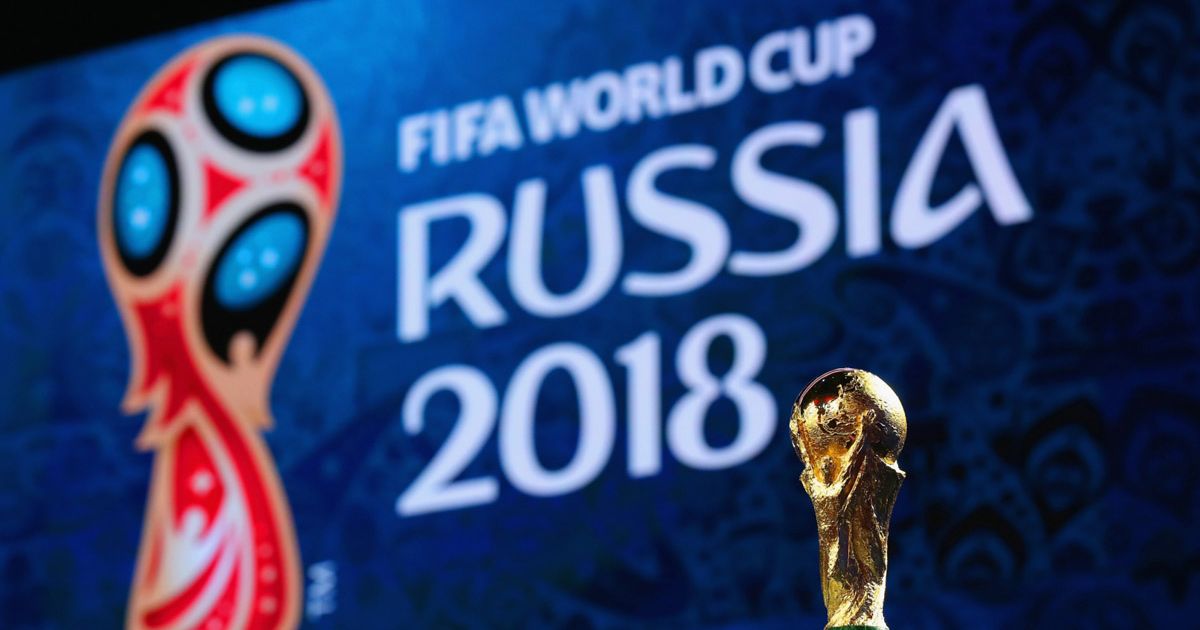
Activating a major sports tournament is a battle, with big brands slugging it out for dominance and then a lot of smaller skirmishes to gain cut-through and ROI. But never before has this been so complex.
It’s a unique combination of big predetermined battles across the traditional media, with a simultaneous guerrilla warfare via personalised content.
With eight months to go until the tournament, we took a dip into our 25m+ online fanbase to see how the “off the pitch” tournament was shaping up.
It’s Nike, isn’t it?
Unsurprisingly, we saw a lack of correlation between official sponsor status and awareness.
Official sponsors won’t start activating properly until six months prior to the tournament, ramping activity up with between one and three months to go.
When people are asked which from a list of brands they think are official World Cup partners, the major football sponsorship investors such as McDonalds, with 48% recognition, and Coca-Cola, with 68%, dominate; their longevity of investment across the tournament clearly pays off.
It’s also not unusual to see Adidas (official sponsor, 57%) and Nike (unofficial sponsor, 54%) with similar recall figures in what is set to be another battle for the hearts and minds of fans.
This demonstrates the opportunities and threats around the tournament as both invest huge sums into the sport globally, with Nike taking what it would have invested in the rights fee to try and outspend Adidas in other activations and advertising.
Bandwagoning
Official sponsor Budweiser will face a battle in the UK with Carlsberg (35%) as will Hisense (20%) , Gazprom (26%) and Hyundai Kia (27%, vs. VW’s 15%) plus Qatar Airways (Thai Air enjoys 11%).
Each will have to work hard to make their significant rights fees pay off vs ambush advertisers who will spend late and hard to “bandwagon” the spike in interest as the tournament starts.
This is why it surprises me that more official partners don’t start activating earlier and steadier to enjoy first mover advantage, not to mention to start utilising their rights, especially during the qualifying phases.
Sponsorship is not all about awareness: it’s just one of the many benefits, and many sponsors utilise their rights for different reasons, whether that be shifting brand perceptions, product demonstration and education, trade and retail promotions, employee engagement, hospitality etc.
But it is a benchmark and the start of the sales funnel, whether that be creating awareness or reinforcing it.
Newer official partners such as Hisense and Vivo will have to work hard to gain cut-through and recall through the clutter and play catch up against brands who have other football sponsorships and therefore a ready-made affinity with the sport.
The right uses for the right channel
Given the multitude of channels and content that fans now consume across different platforms, I believe there are significant opportunities for non-sponsors to capitalise on the tournament with a relatively low investment, especially against those with less longevity or investment in the sport.
15 years ago activating around a major event was much simpler, with consumption focused on TV and national print. It was simply a case of dominating those two channels via advertising, sales promotions and PR.
The research demonstrates that TV (85%) is still the dominant destination of choice.
This World Cup is not about a battle between TV and digital: it’s about how TV and digital can support each other. The battleground will be accessing and engaging the audience in and around the live TV coverage.
However, with the fragmentation of the media and the rise of social, influencers and digital publishing, there are a multitude of smaller, always-on tactical battles everywhere all requiring different approaches.
The research demonstrates the level of personalisation that fans will want. It’s no longer a case of being on Facebook (to which just 3% of people will turn for news and insight): it’s more a case of ensuring you have the right content for the right channel.
For example, Twitter ranks highly for news and insight at 11% because it’s a great way of consuming and sharing that content quickly, as opposed to Snapchat at just 0.33%.
Snapchat will have its uses – probably celebrating – just not sharing the news.
Grabbing a slice
This creates lots of opportunities for unofficial sponsors and advertisers, whether that be fan zones, apps, social and digital publishing.
Again the type of content fans want and expect has broadened from the classic post-match editorial (27%), highlights (79%) and individual player analysis (40%) to everything from predictor games (35%), voting polls (35%) and other fan reactions (26%).
The level of interest, engagement and consumption around the World Cup is a great opportunity for official sponsors and unofficial advertisers alike and never before has there been more opportunity to benefit.
It’s not so much about dominating the World Cup – this is left to the big players with the deepest pockets – but the chance to grab a slice of the action.
Never before has there been so much opportunity for others to benefit via smaller tactical investments. Even if you come out of a campaign having won a small percentage of the engagement, that’s still a large audience and a lot of potential customers.
Let the battle commence!
Original article can be found on Campaign Live




